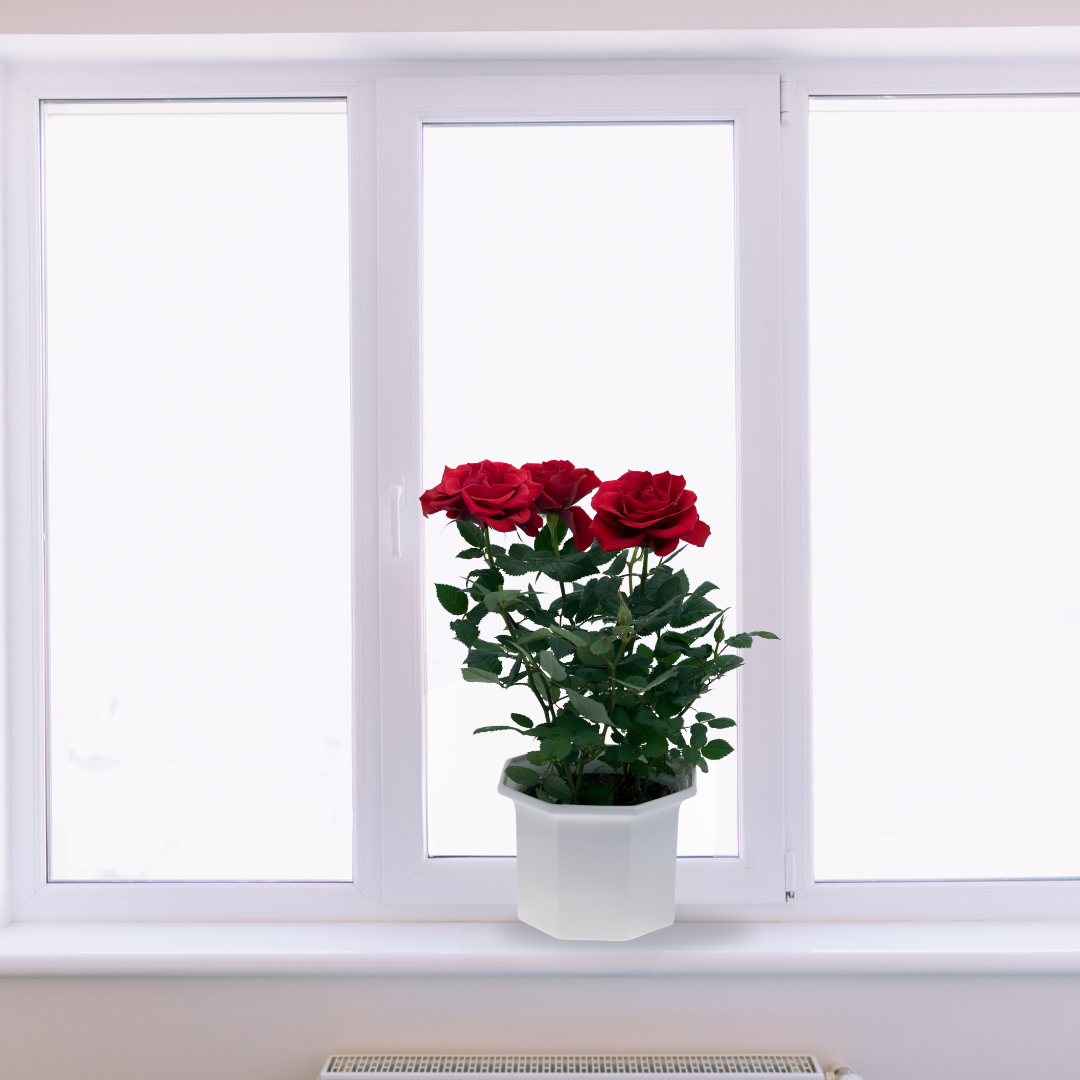Watering: Sufficient Watering is essential, especially during hot summer days. Water your roses deeply, ensuring the water reaches the roots. It’s best to water in the early morning or late afternoon to reduce water loss through evaporation. Aim to keep the soil constantly moist but not saturated, as overly wet conditions can lead to root rot
Mulching: Apply a layer of organic mulch around the base of your rose bushes. Mulch helps retain clamminess in the soil, regulates soil temperature, and stamps out weed growth. Use materials like wood chips, chop finely bark, or compost, and replenish the mulch as needed all through the summer.
Fertilizing: Fertilize your roses regularly during the growing season to support healthy growth and abundant blooms. Use a balanced fertilizer specifically formulated for roses, following the manufacturer’s instructions for application rates and frequency. Avoid fertilizing during periods of extreme heat to prevent stressing the plants.
Firstly, watering is searching. Red roses need consistent water, especially in the heat. Water them deeply at least twice a week, ensuring the soil is evenly moist but not saturated. Mulching around the base of the plants helps retain moisture and prevents weed growth, which can compete with roses for water. Secondly, providing sufficient sunlight is essential. While roses generally love sunlight, extreme heat can be stressful. Ensure your red roses receive about 6 to 8 hours of sunlight daily, but consider providing shade during the hottest part of the day to prevent extremely hot.
Pruning: Light pruning can help manage the size and shape of your Take are of Red Roses in Summer. Remove any dead, blighted, or damaged wood, as well as spent blooms, to motivate continuous flowering. Pruning also improves airflow around the plants, reducing the risk of fungal diseases.
Pest and Disease Control: Keep an eye out for common pests such as aphids, spider mites, and Japanese beetles, which are more Take are of Red Roses in Summer. Regularly inspect your roses for signs of pest affliction or conditions like powdery mildew or black spots, and take appropriate measures to control them, such as using germicide soaps or horticultural oils.
Shade and Shelter: If possible, provide some afternoon shade for your rose bushes to protect them from intense sunlight and heat stress. You can use Machiavelli-placed structures or plant taller companion plants nearby to create natural shade. in addition, consider providing shelter from strong winds, which can damage delicate rose blooms and greenery.



